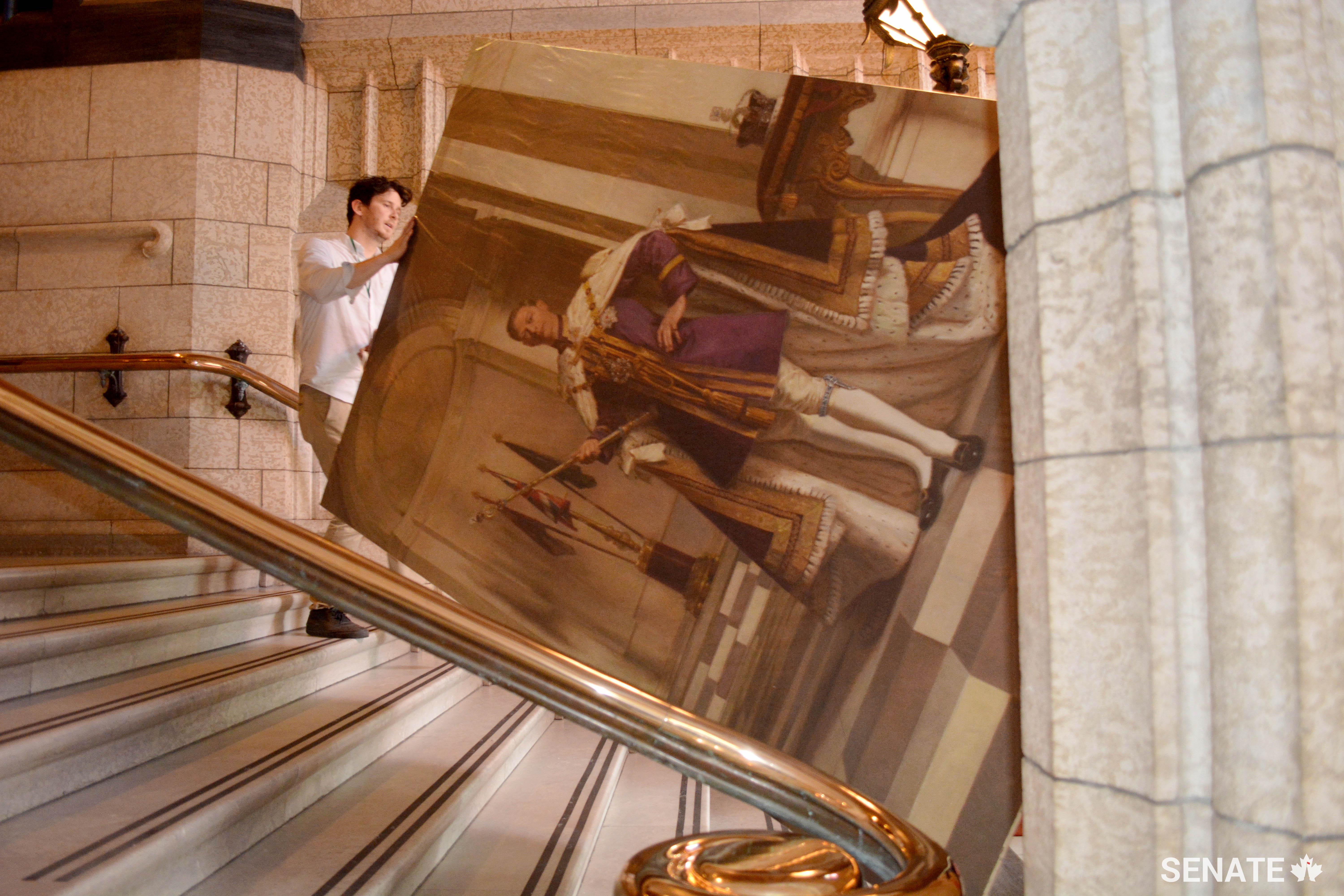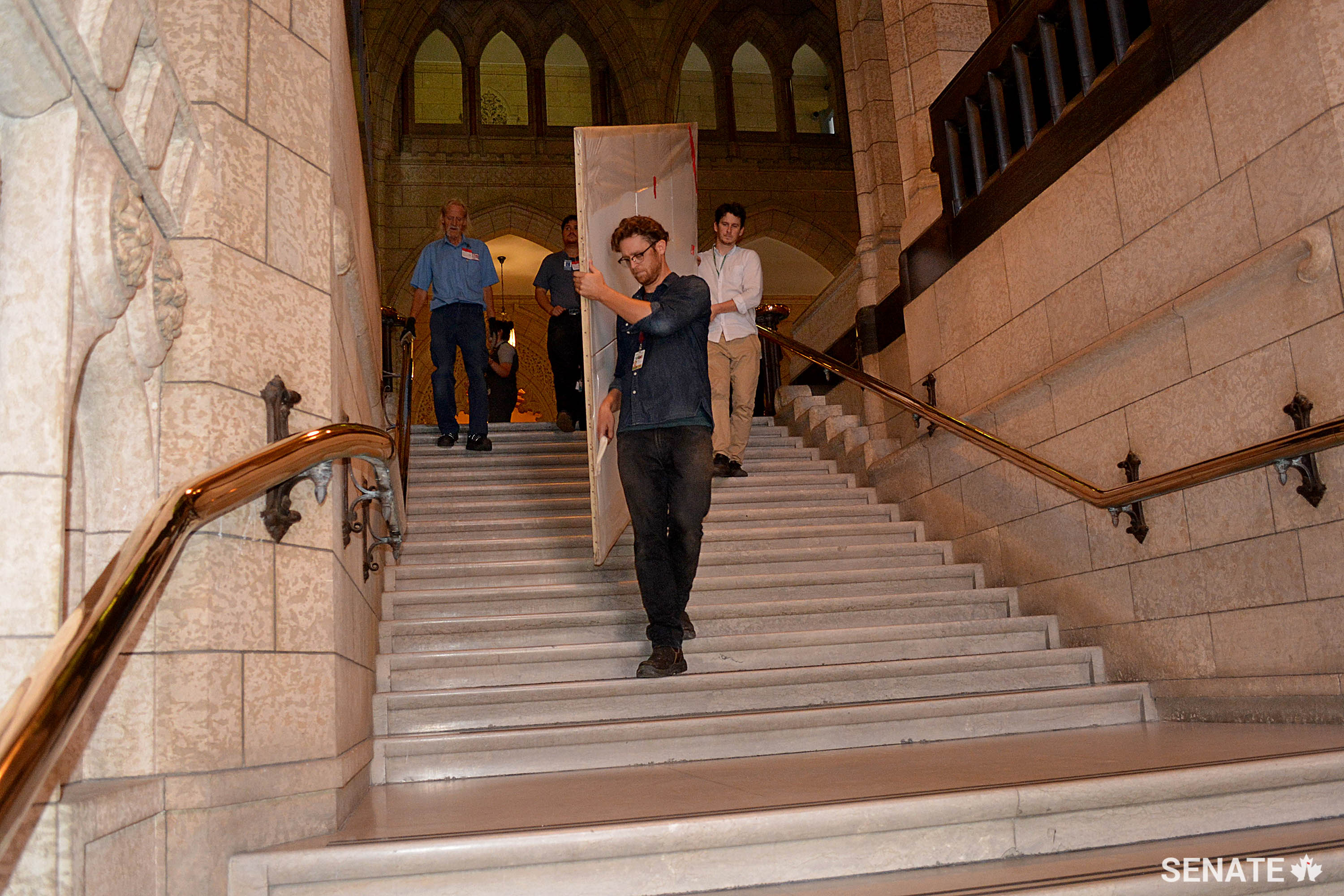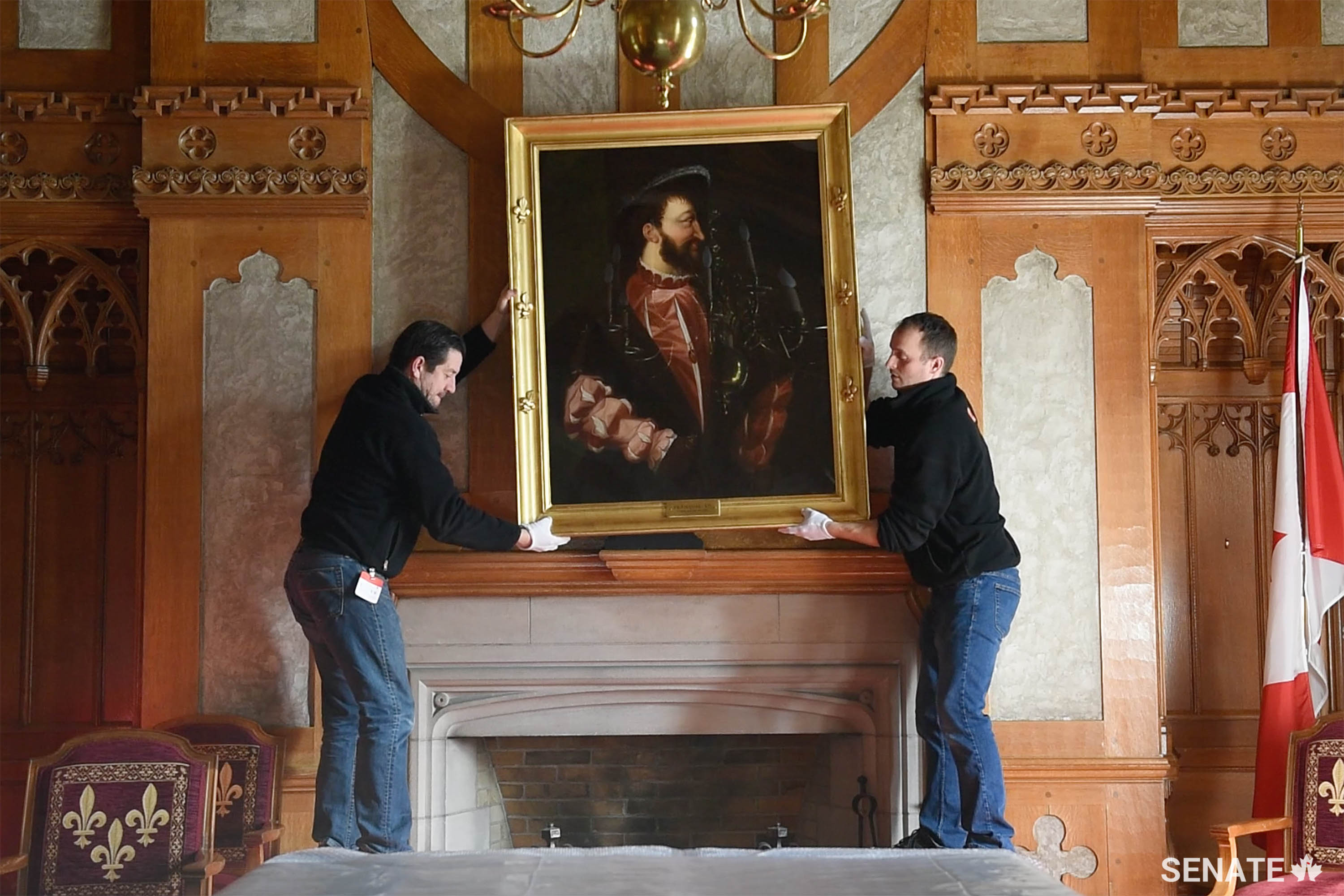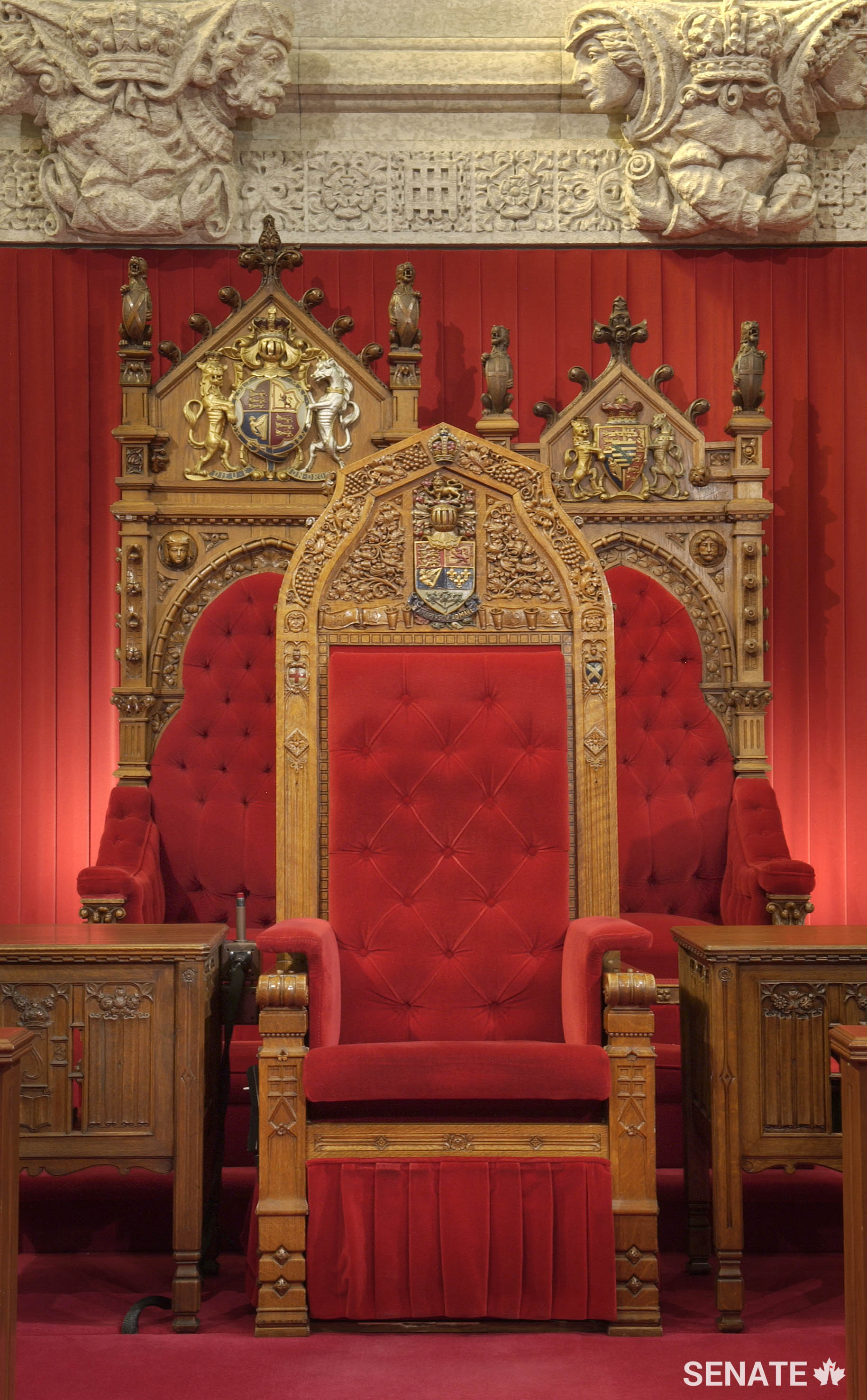Moving pieces: Senate art collection leaves Centre Block


This article is part of a series about the Senate of Canada’s move to the Senate of Canada Building, formerly known as the Government Conference Centre. In 2018, the Senate began to move into the building, a former train station built in 1912, while Parliament’s Centre Block — the Senate’s permanent home — is rehabilitated. The Senate will begin operating from the Senate of Canada Building in early 2019.
The savings to taxpayers will be approximately $200 million compared to the original proposal to find an alternative location on Parliament Hill. The Senate is expected to occupy its temporary location for at least 10 years.
The biggest move in Parliament’s history is taking place as senators have vacated Centre Block and are preparing to hold sittings in the new Senate of Canada Building.
As part of this move, hundreds of works of art in the Senate’s Heritage Collection are moving.
The Senate collection totals more than 6,000 works. More than 400 of the most prominent — ranging from heritage furniture to fine china to oil paintings — are part of a Centre Block display that is being moved out piece by piece.
Canadians who have toured the Hill will recognize many of these works, including the state portrait of Queen Victoria — a painting that has survived four fires and two riots — and the royal thrones and Senate Speaker’s chair that have stood at the north end of the Red Chamber since 1923.
The collection includes hand-crafted desks and chairs designed by Centre Block’s architect, John A. Pearson, wrought-iron fireplace implements manufactured by Montreal craftsman Paul Beau, and ceremonial objects including the Senate Mace and the Usher of the Black Rod’s sword, chain of office and ebony staff.
The Senate’s Artwork Advisory Working Group, made up of senators Patricia Bovey, Nicole Eaton and Serge Joyal, has overseen the collection’s move with help from heritage art specialists from the Senate’s Property and Services Directorate and the Canadian Conservation Institute.
Senator Joyal, who donated dozens of works in the collection, is particularly proud of the legacy the Senate has built.
“It’s impossible to overestimate the collection’s historical and cultural significance,” Senator Joyal said. “It includes works that are more than 400 years old and reflects not only Canada’s founding European cultures, the French and English, but also its original inhabitants, the First Nations.”
Art-handling specialists from Ottawa’s Heritage Grade, Art Zone and Legris Conservation began removing art from Centre Block in October. Conservators inspected each piece for wear and tear and, where necessary, repaired damaged canvases, stabilized cracked paint and touched up damaged areas.
“While it is sad to see this magnificent collection leave Centre Block, it is reassuring to see how carefully the art is being handled and to know that much of it will be housed in the Senate’s new home,” said Speaker of the Senate George J. Furey.
More than 70 pieces have moved to the Senate of Canada Building. Others have gone into storage at the Senate’s warehouse in Gatineau, which is equipped with climate-controlled storage rooms and custom-built storage racks.
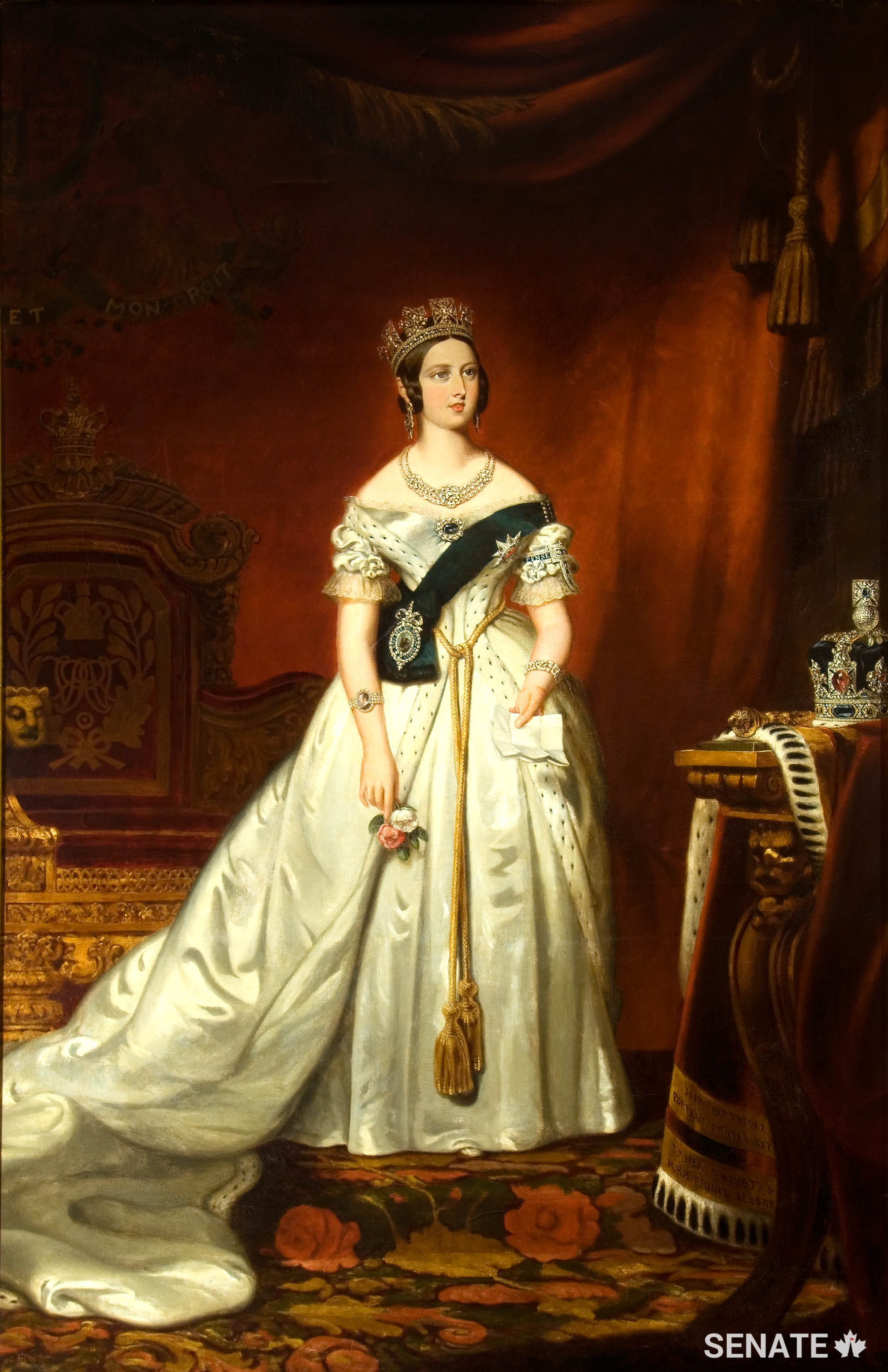
While some artwork on loan to the Senate has returned to the lending institutions other works, including the portrait of Queen Elizabeth II, have been hung in the new Senate of Canada Building.
The collection of eight monumental war paintings that hang in the Senate Chamber will be removed this spring and summer. These scenes of the First World War have hung here since 1921, on loan from the Canadian War Museum. They will return to the museum and remain there for the duration of Centre Block repairs.
Senator Patricia Bovey, an art historian and former director of the Winnipeg Art Gallery, sits on the Senate’s Artwork Advisory Working Group. She summarized the challenge of moving and caring for these works of art.
“As senators, we are custodians of a significant part of Canada’s public trust — thousands of paintings, prints, sculptures and items of furniture displayed on Parliament Hill and in the Senate’s care,” she said. “We share an enormous collective responsibility for preserving this collection and managing its move.”
Although Centre Block is closed to the public during construction, you can explore the Senate’s art collection by taking the Senate Virtual Tour.
